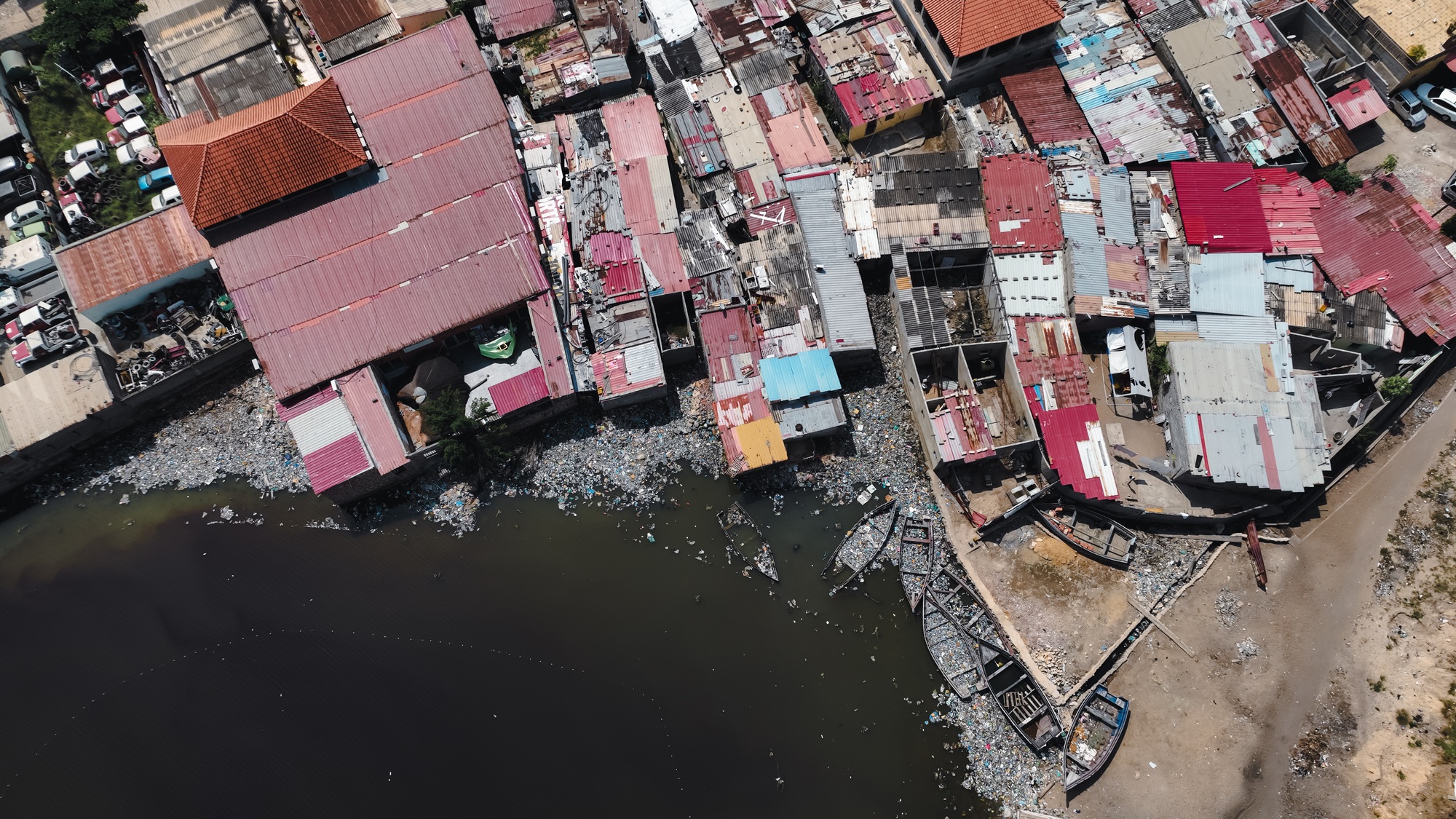As societies worldwide grapple with the persistent challenge of poverty, a new wave of innovation is emerging—one driven by artificial intelligence. Recent research and pilot projects have demonstrated that AI isn’t just a futuristic concept; it’s already playing a transformative role in identifying and addressing poverty at its roots.

AI’s Transformative Role in Combating Poverty
Smart Data Analysis and Predictive Insights
Modern AI systems are adept at processing massive amounts of data from a variety of sources. By combining traditional survey data with unconventional inputs such as satellite imagery, mobile usage patterns, and social media trends, AI can:
- Spotting Poverty Hotspots: Identify regions where poverty is most concentrated, enabling targeted resource allocation.
- Forecasting Vulnerabilities: Predict potential economic downturns in fragile communities, helping policymakers implement preventative measures.
Optimizing Resource Distribution
AI’s ability to analyze data in real time means that aid can be distributed more effectively. Innovative models are now being used to:
- Enhance Microfinance Strategies: Determine creditworthiness and tailor financial products to underserved individuals.
- Customize Social Programs: Design education, healthcare, and community development initiatives that address the unique needs of local populations.
Integrating Cutting-Edge Technologies
Satellite Imagery and Geospatial Analysis
One of the most exciting advancements is the use of high-resolution satellite images. When combined with AI-driven geospatial analytics, this technology can:
- Monitor Agricultural Health: Track changes in land use and vegetation, crucial for predicting food shortages.
- Assess Infrastructure Needs: Automatically evaluate urban growth and degradation to inform sustainable development plans.
Community-Centric Approaches
While data and algorithms provide powerful tools, the input from local communities is indispensable. By involving local experts and residents in the design and refinement of AI systems, projects can:
- Respect Cultural Nuances: Tailor solutions to align with local social and economic realities.
- Improve System Responsiveness: Incorporate ongoing feedback to adapt to shifting community needs.
Synergy with Emerging Technologies
The fusion of AI with other breakthrough technologies is opening new avenues for impact:
- Blockchain for Transparency: Ensures that financial aid and resources are distributed fairly and with accountability.
- IoT for Real-Time Monitoring: Connects sensors and devices to track environmental conditions and public health metrics, triggering timely interventions when necessary.
Overcoming Challenges and Ensuring Ethical Use
Despite the promise of AI, there are significant hurdles to overcome:
- Data Quality and Bias: AI’s effectiveness is tied to the quality of the data it analyzes. Poor or biased data can lead to misallocation of resources.
- Infrastructure Limitations: Many impoverished regions still lack the technological infrastructure required to support sophisticated AI applications.
- Privacy and Consent: The collection and analysis of sensitive data from vulnerable populations must be handled with strict ethical standards, ensuring privacy and informed consent.
The Road Ahead: A Collaborative Future
The future of AI in poverty alleviation lies in collaborative efforts:
- Global Partnerships: Governments, tech companies, NGOs, and academic institutions must work together to share best practices and innovative solutions.
- Adaptive and Sustainable Models: AI systems that continuously learn from and adapt to changing socio-economic landscapes will be vital.
- Empowering Local Communities: Training and capacity building in local regions will ensure that the benefits of AI reach those who need it most.

Frequently Asked Questions
1. How does AI contribute to poverty reduction?
AI analyzes diverse datasets—from satellite images to mobile phone data—to accurately identify poverty-stricken areas and predict economic vulnerabilities. This leads to better-targeted resource distribution and more effective intervention strategies.
2. What challenges do AI initiatives face in tackling poverty?
Key challenges include ensuring high-quality, unbiased data, overcoming infrastructural barriers in remote or impoverished regions, and addressing privacy concerns while integrating local knowledge into AI models.
3. How can governments and communities work together to leverage AI?
Collaborative efforts are essential. Governments can provide regulatory frameworks and invest in digital infrastructure, while NGOs and local communities offer ground-level insights and feedback. Together, they can ensure that AI solutions are both effective and culturally appropriate.
By exploring the new frontiers of AI in poverty alleviation, we see a promising landscape where technology and human insight converge to create more equitable opportunities for all. The journey is just beginning, and with continued innovation and collaboration, AI may well become one of the most powerful tools in the fight against poverty.
Sources Nature


